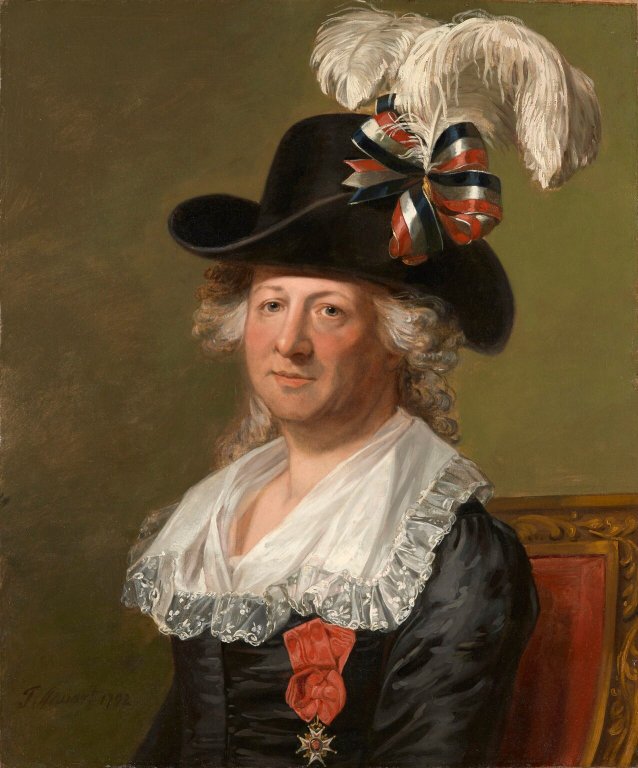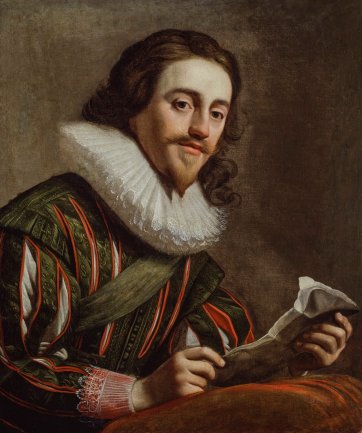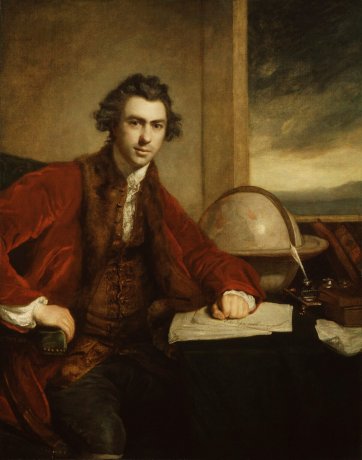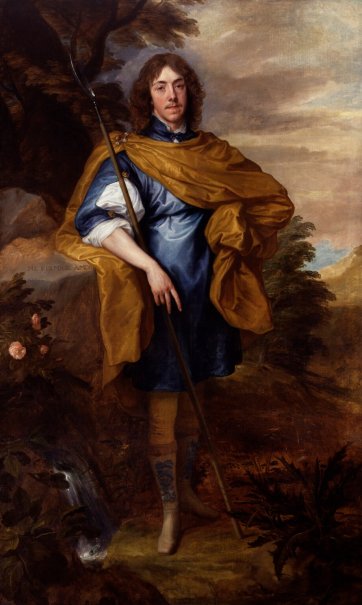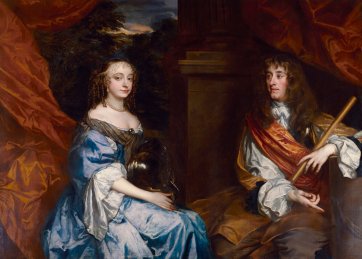This painting of the celebrated French soldier, diplomat and fencer the Chevalier d’Éon (1728–1810) is the earliest portrait of a transgender person in the National Portrait Gallery Collection. There was widespread and demeaning contemporary curiosity about d’Éon’s gender identity, a subject on which d’Éon refused to speak openly. D’Éon first came to England as a diplomat, playing a key role in peace negotiations that ended the Seven Years War (1756–63) between France and Britain. Some years later, d’Éon was exiled from France for taking part in a spy scandal to sell French state secrets to the British. D’Éon returned to England in 1785, and began living openly as a woman and working, to great acclaim, as a professional fencer.
While fighting, d’Éon often wore a black dress, like the one in this portrait, and the Croix de St Louis medal, France’s military order of chivalry, also depicted. D’Éon also wears a large tricolour cockade, showing allegiance to the new revolutionary government in France, from whom d’Éon was trying to extract a state pension.
National Portrait Gallery, London
Purchased, 2012
© National Portrait Gallery, London
